|
Listen to this article  |
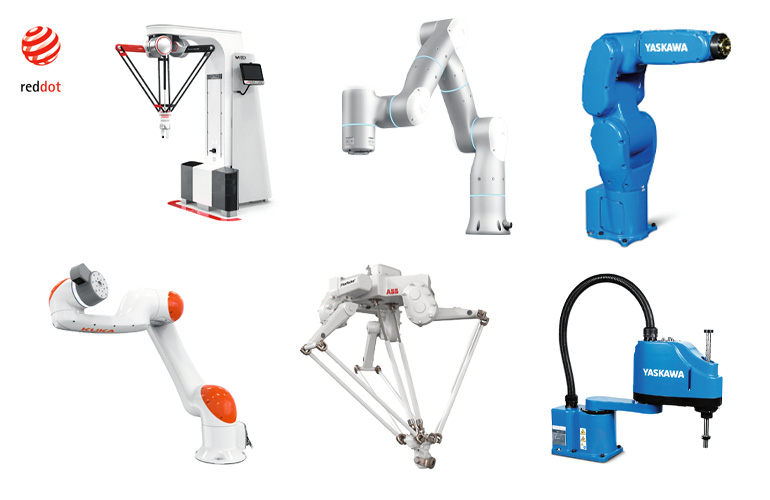
Six industrial robot solutions won the 2022 Red Dot Design Award. | Credit: Red Dot
The Red Dot Design Award represents the best in design and business. This international design competition honors product companies who distinguish their business activities through design. The distinction is based on the principle of selection and presentation. Excellent design is selected by competent expert juries in the areas of product design, communication design, and design concepts. (From the Red Dot Website)
Six industrial and collaborative robot designs were honored this year with a 2022 Red Dot Design Award. From this years list of winners, it would appear that only a handful of robotics companies submit their designs for consideration in any given year.
The winning robotic designs in 2022 include:
- ABB’s IRB 390 FlexPacker® Industrial Delta Robot
- KUKA LBR iisy 11 Collaborative Robot
- MOTOMAN SG400 SCARA Robot
- MOTOMAN GP4 6 axis Robot
- RIZON 10 by Flexiv Robotics
- WYZO Delta Collaborative Robot
ABB FlexPacker
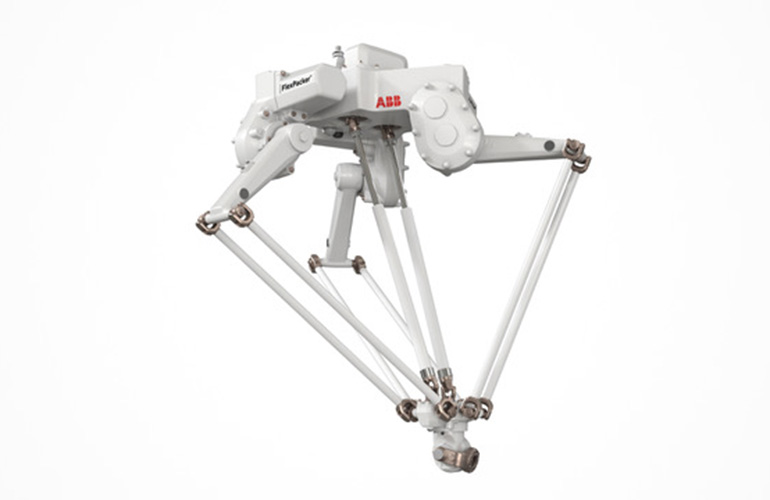
The ABB IRB 390 FlexPacker industrial Delta robot is The first industrial Delta robot to win the Red Dot award. | Credit: ABB
ABB’s IRB 390 FlexPacker industrial Delta robot is designed for ultra-fast packing.
“I am delighted the IRB 390 FlexPacker received this prestigious award,” said Marc Segura, President ABB Robotics. “We collaborated closely with our customers and developed a robot that could respond to the demand for more shelf-ready packaged products. As a result, we developed an innovative solution that combined speed, payload and dexterity to help our customers make their lines more flexible and able to handle the growth of low volume, high mix and higher payload production. With its clean, simple and modern aesthetic, the IRB 390 was designed to inspire confidence in users.”
The FlexPacker Delta robot was designed specifically for ultra-fast, high payload picking and efficient packaging of goods up to 15kg. During its development, particular focus was placed on shelf-ready packaging, in which the products can be placed vertically, making it ideal for the food and beverage, pharmaceutical and consumer-packaging segments. Equipped with either four or five axes, the robot’s ‘tilting’ axis enhances its flexibility, making secondary packaging is faster and more efficient.
The FlexPacker’s appearance reflects its level of functionality, with its white painted coating making it both aesthetically pleasing but also easy to keep clean. Very few horizontal surfaces and a simple, geometric shape prevents the accumulation of debris, helping it maintain its operational speed and precision.
The FlexPacker Delta Robot is the third ABB robot to win the Red Dot design award after GoFaTM collaborative robot in 2021 and YuMi® dual-arm collaborative robot won the award in 2011. The FlexPacker is the first industrial Delta robot to win the award and responds to the growing trend for pick and pack solutions, saving space by replacing two six axis robots with a single five axis unit.
KUKA LBR iisy 11 Collaborative Robot
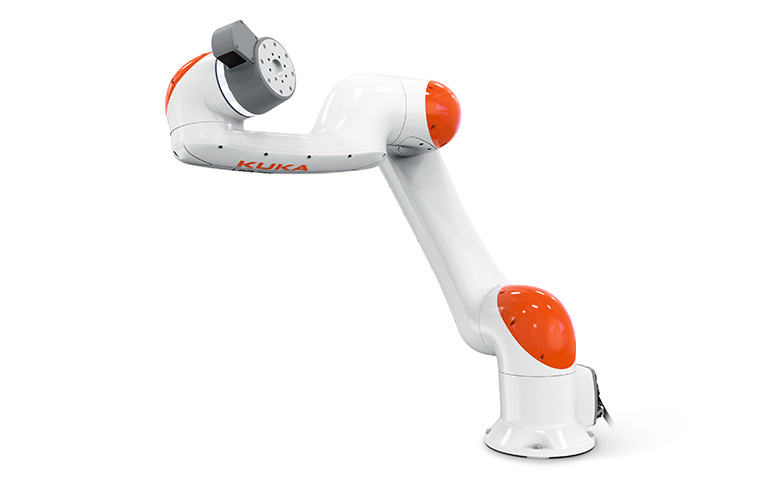
From the jury: The soft, organic form of the LBR iisy 11 is well thought out. With its iconic color scheme and technical precision, the robot blends harmoniously into the brand’s product family.
The KUKA LBR iisy 11 collaborative robot is an easy-to-use collaborative robot that makes automation more intuitive and flexible in application. Optimized for activities in narrow spaces, it can be used for unloading, packing and assembly. It’s ergonomically designed commander ensures for comfortable control. All components have been kept in the brand’s signature color scheme and showcase organic, round forms to prevent human injury.
MOTOMAN SG400 SCARA
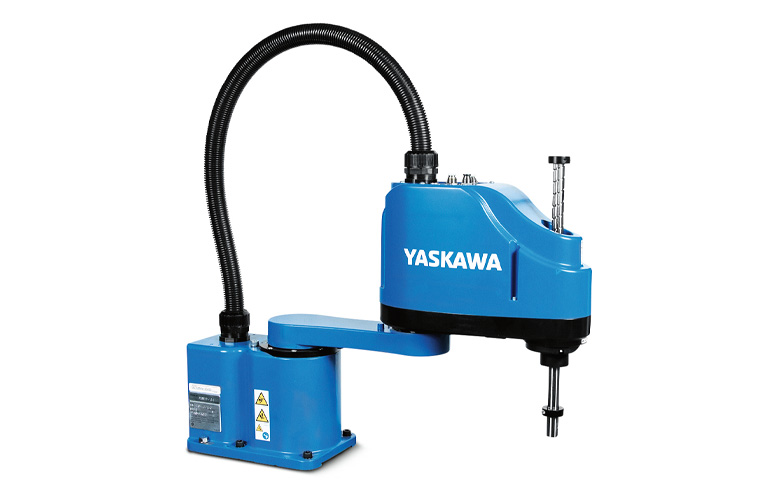
From the jury: The compact design of the MOTOMAN SG400 enables high functionality even in confined spaces. Its precise lines and clear edges project an image of flawlessness.
The robust MOTOMAN SG400 SCARA robot is characterized by compact dimensions and at the same time a large working range. It can move and sort small components weighing up to 3 kg at high speed. In addition to pick-and-place applications, it is particularly well suited for flexible small parts feeding in assembly. The low-interference contours reduce the risk of collision and allow several robots to work together in the tightest of spaces. The small footprint also facilitates integration into existing automation environments.
MOTOMAN GP4
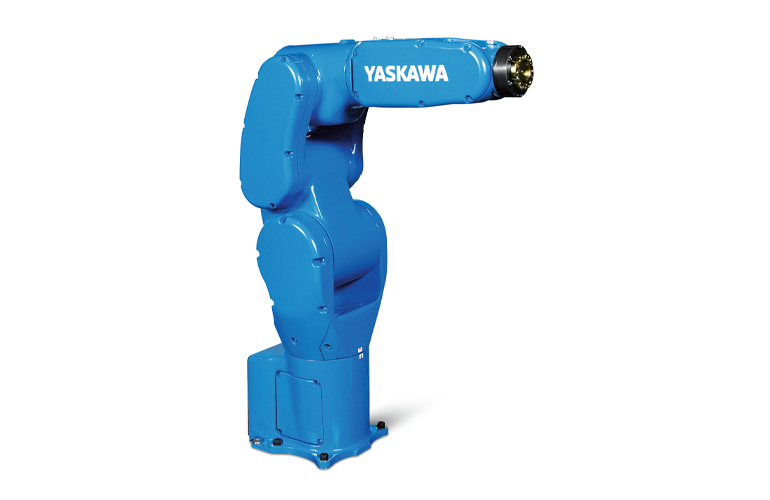
From the jury: The MOTOMAN GP4’s space-saving design makes it outstandingly versatile. The robust appearance emphasizes the robot’s high performance effectively.
The MOTOMAN GP4 is a 6-axis robot that operates extremely quickly and with precise repeatability. Due to its high robustness, it is also suitable for use in harsh environments. The small footprint facilitates installation even in confined work areas – optionally in floor, wall or ceiling mounting. The integrated media and ventilation supply in the axes makes it easy to set up external grippers or sensors. The compact housing avoids interference contours, is easy to clean and conveys the powerful dynamics of the robot through a design of flowing transitions.
RIZON 10 by Flexiv Robotics
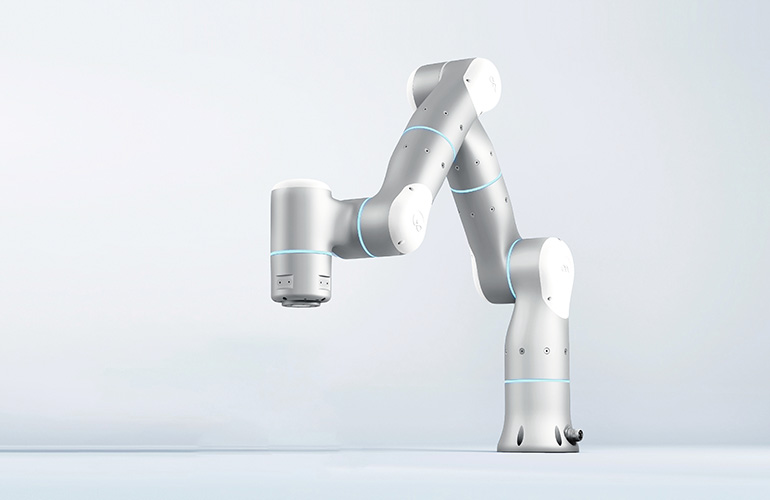
From the jury: The RIZON 10 impresses with a discreet design language and almost seems to offer its services in a friendly and approachable manner. With its perfectly finished aluminum alloy surface, it breaks with the often predominantly industrial look of other robots. Based on the physiognomy of the human arm, the organic design of this robot is in harmony with its highly developed functionality and the far-reaching capabilities achieved thanks to artificial intelligence.
RIZON 10 is a heavy-duty robot that combines impressive industrial-grade force control with computer vision and AI technologies. As an adaptive robot, it facilitates adaptation to changing environments while providing outstanding intrinsic safety. It also shows a high tolerance to positional variance and can therefore operate largely without interference. It is also capable of automating complex tasks with “hand-eye” coordination, similar to that of a human, which significantly increases productivity. The RIZON 10 offers transferable intelligence, which means it can handle a variety of similar tasks for rapid deployment. As envisioned by its designers, it embodies a perfect balance of functionality and aesthetics. It features a friendly appearance and can easily fit into changing environments. The warm, open and approachable look of this robot is impressive, as its overall shape is modeled on the physiognomy of the human arm. Following the maxim of an organic form, its design also avoids sharp corners and edges for safety reasons. The surfaces are made of a haptically pleasant aluminum alloy.
WYZO Delta Collaborative Robot
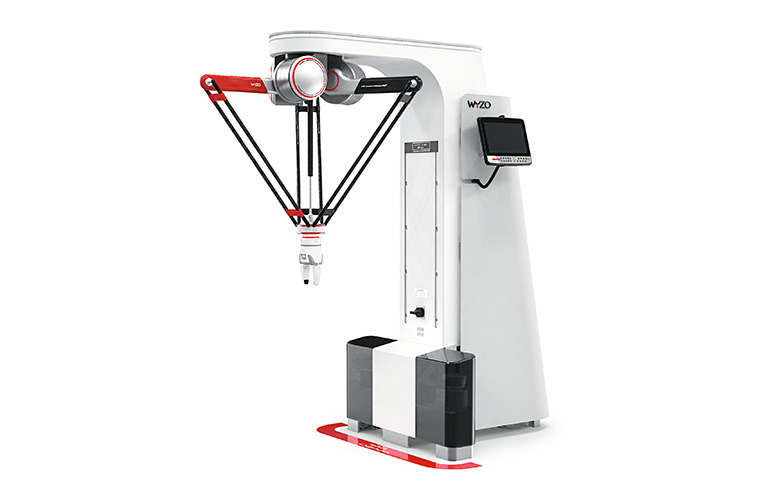
From the jury: With its filigree design, WYZO has an anxiety-reducing effect in the working environment, while color contrasts simultaneously visualize its dynamism and speed. The concept of a fenceless design combined with a proximity detection system has thus led to a new definition of this type of robot. Not only does it allow operators to relate to it, but it can also be flexibly adapted to changing production processes.
In many production areas, industrial robots are already seamlessly integrated into the workflows. WYZO is a so-called sidebot that combines the advanced ability to work side by side with humans with the speed of an industrial robot. In line with the maxim “design follows a comprehensive and holistic methodology of need, vision and process,” this robot is characterized by a distinct appearance stemming primarily from its clearly recognizable Alpha arm, complemented by striking product graphics. The robot features an innovative fenceless design and has a certified proximity detection system. Therefore, in the presence of an operator, it immediately reduces its working speed. This contributes to the humanization of industry by eliminating the safety barriers otherwise typical of such high-speed industrial machines. Its size has been reduced by six times compared to other compact pick-and-place robots on the market. Thanks to its size and shape, it fits almost anywhere on the production line and can even be moved easily through standard doors and lifts. As a high-speed collaborative robot, it is adaptable and compatible with all standard commercial grippers. It is intuitive to use and able to learn new functions, evolving together with production requirements and increasing its longevity.
Credit: Source link


Comments are closed.